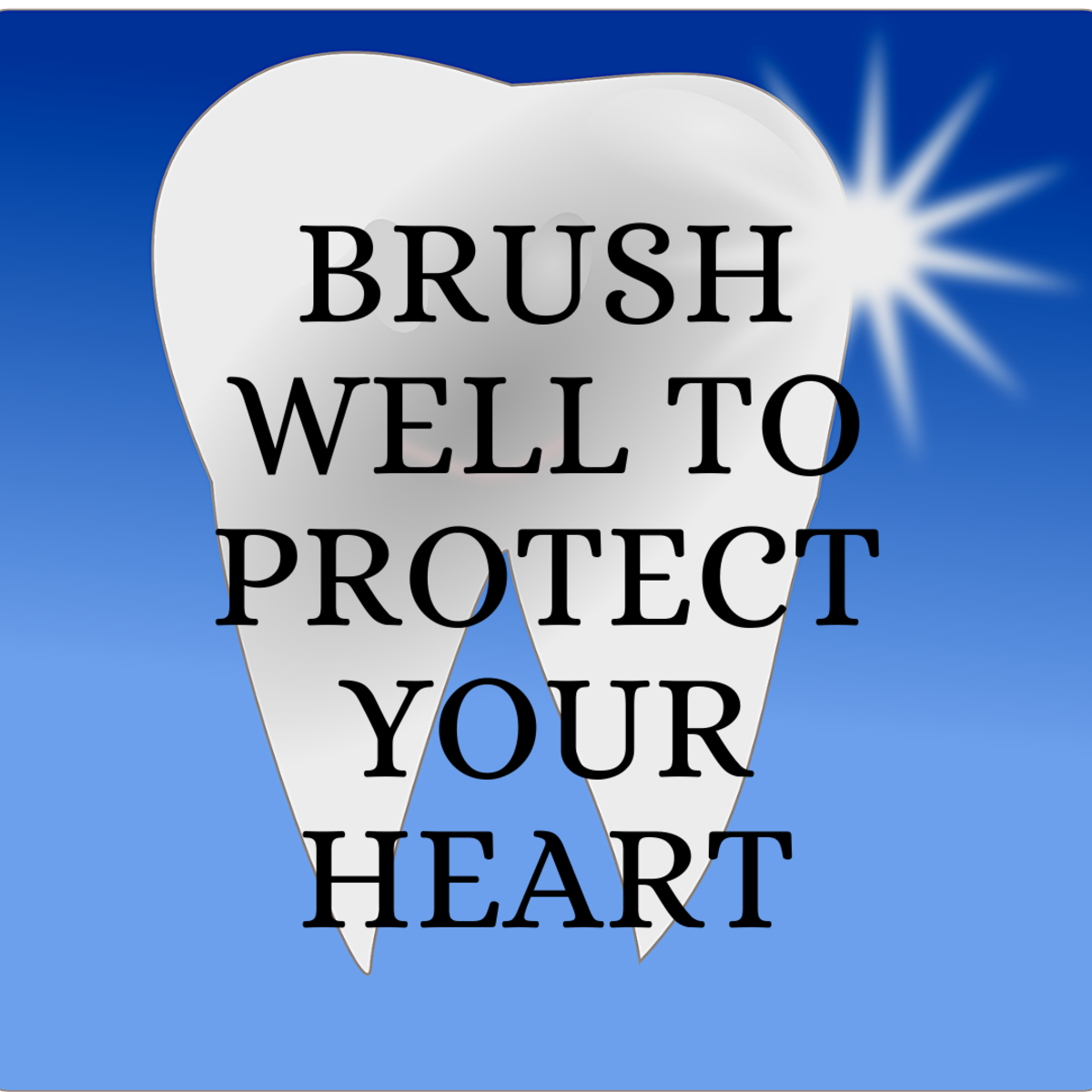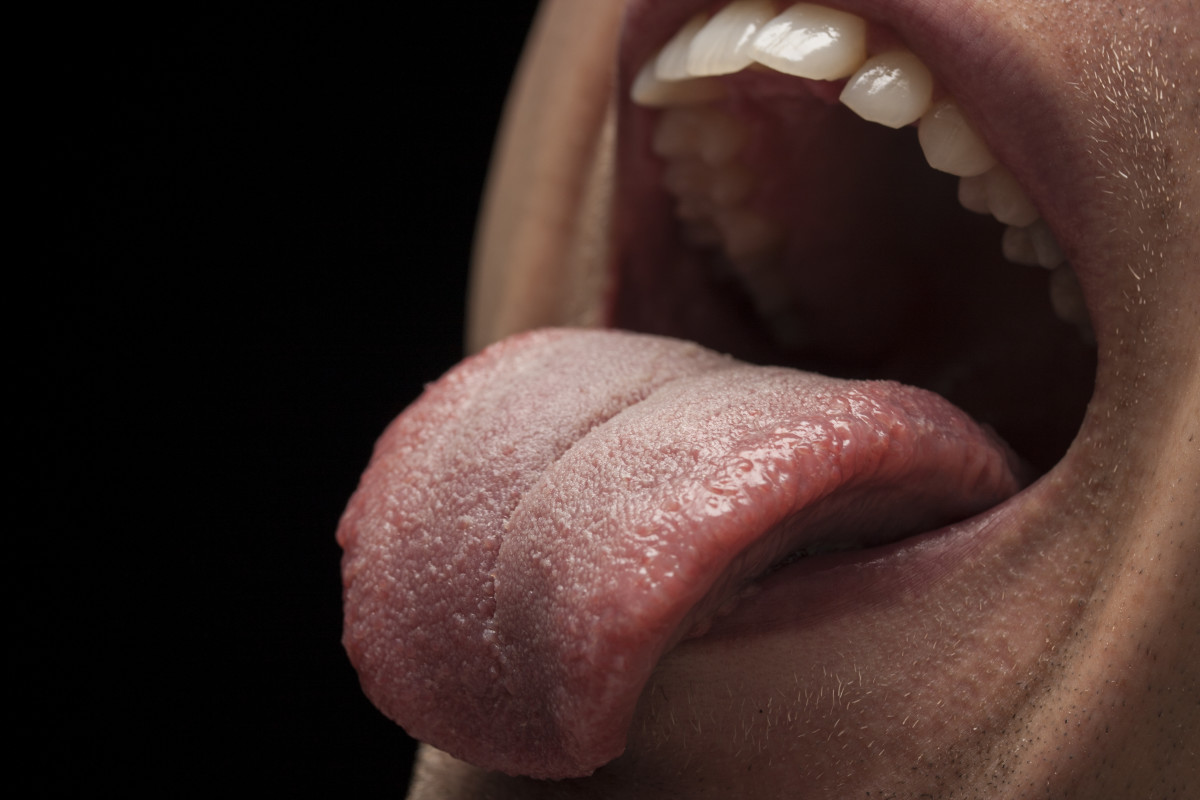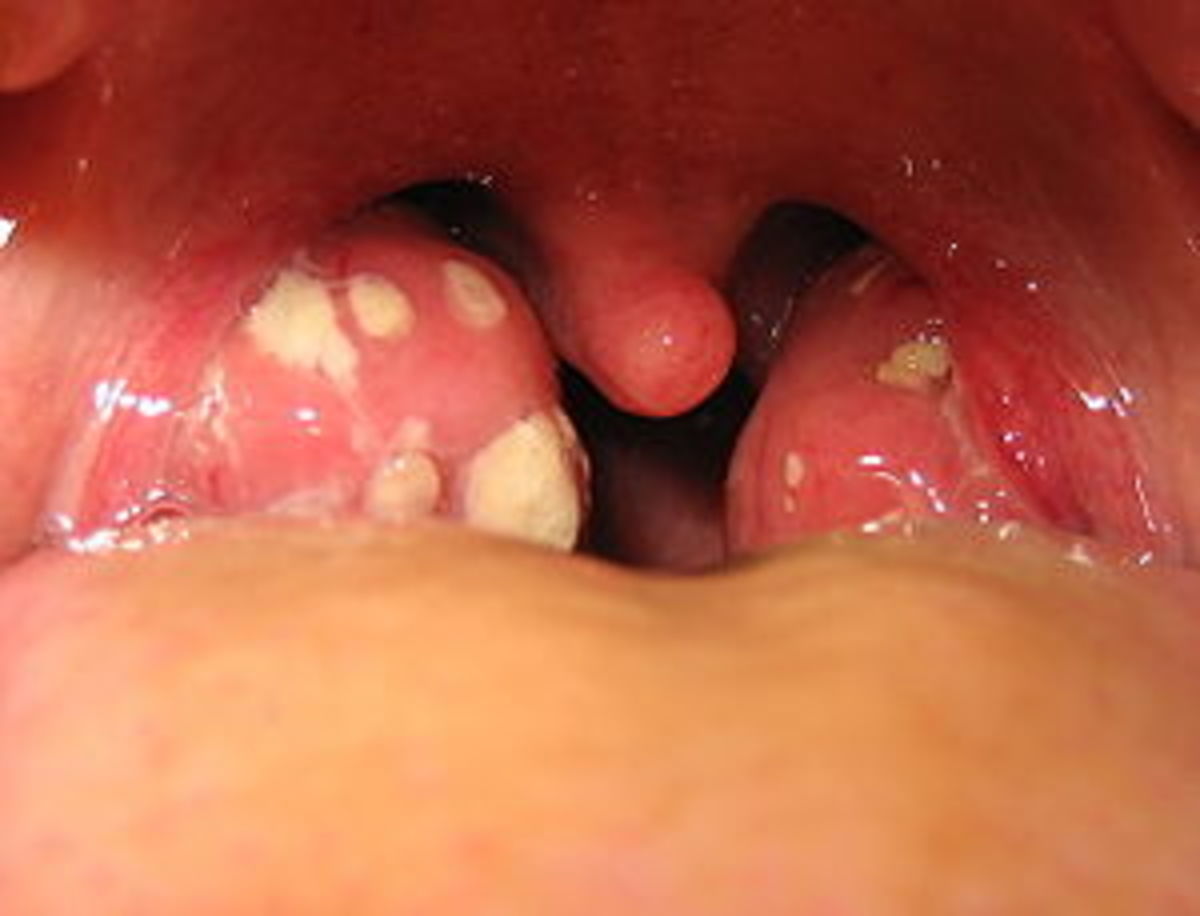Common Problems With Tooth Decay and How Your Dentist Fixs It
In the human body, the hardest substance is our tooth enamel - even stronger than bone, and it contains the highest percentage of minerals. However, everyday acids that develop from many foods and drinks can put your enamel at risk. Your very strong enamel can also be weakened and destroyed by acids produced by plaque bacteria - and when it is gone, it's gone forever.
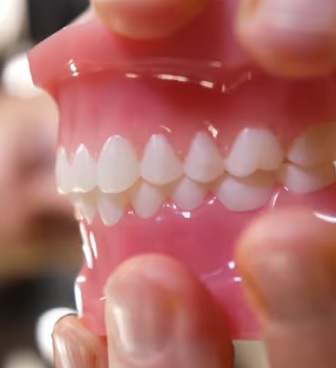
From Plaque To Tartar
Everyone has plaque. It is a sticky deposit of biofilm formed due to a combination of saliva, foods and fluids. These substances make a nutrition that feeds millions of bacteria in your mouth. This bacteria will then produce acid which can damage tooth enamel. Eating foods high in sugar like sweets, fruit, chocolates, and cakes can cause an increase in plaque bacteria.
If you do not remove plaque on time, then it will harden and form tartar. This rough and porous tartar is also known as calculus. In other words, tartar is another form of plaque - a hardened form.
Tartar causes a number of dental issues from tooth discoloration, cavities, to tooth decay. This is because tartar contains bacteria that will irritate and damage your precious teeth. You can easily get rid of plaque by brushing or flossing, but you will need professional help in order to remove tartar in your teeth.
What Help or Reduce Enamel Damages
When you eat acidic foods, your tooth enamel temporarily softens and loses some of its useful minerals. Your saliva would then restore the pH balance of the mouth but during this time, your enamel is at particular risk of permanent damage. You can reduce this acid attacks by finishing a meal with milk or cheese. Some sugar-free gums can also help as they stimulate the production of saliva after eating.
You can restore your weakened enamel to some degree by improving its mineral content - mouthwashes and toothpastes can contribute to that remineralization process. After a meal, you should wait at least an hour before brushing your teeth.
Dental Bonding
No matter how great you take care of your teeth, chips happen. Fortunately, there are a variety of restorative options you can consider, including crowns, veneers, fillings and bonding.
Bonding is a permanent attachment of dental materials to patient's teeth using adhesives and a high-intensity curing light. They call it bonding because the material bonds to your teeth. Many people use this to fix a chipped or broken tooth or closing small gaps between teeth.
To begin, dentist will apply a gentle phosphoric acid to the surface of patient's teeth in order to etch and roughen it to help the bonding material stay in place. After that the dentist will place a putty-like bonding material on the surface of the tooth. To harden the material, a special light is used.
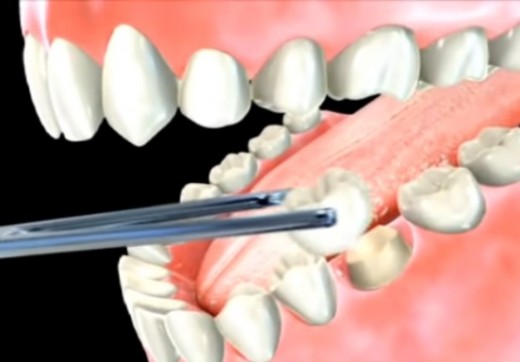
Crowns
Both bonding and crowns repair the function and appearance of damaged teeth. Also known as "caps", this procedure is the most commonly used to fix chipped or cracked teeth, not only that, crowns also can be used to restore the appearance or function of severely decayed or sensitive teeth. Crowns are often positioned over teeth with large cracks or fillings so that the tooth is protected and supported. They can be made from ceramic material, porcelain, gold, or stainless steel. This procedure takes longer than bonding as the patient usually need two visits - one visit where the dentist prepares and takes a mold of the tooth, and a second visit to position the crown.
Veneer
The difference between crown and veneer is how much of the tooth they cover over. Veneer only covers over the front surface of the tooth (the side that shows when you smile) whereas crown typically encases the entire tooth. Dental crown is usually 2 mm thick (or more) whereas porcelain veneer is 1 mm thick (or less).
Little Facts
Teeth are not bones. Although two of them are white, hard, and contain calcium, teeth cant grow back or heal themselves when they are damaged.
Everyone has the same number of teeth (mostly), but no two teeth are the same size and shape. Every single tooth you have has its own unique profile. And your teeth develop even before you are born.
Healthy gums are generally firm and pale pink.
After extractions, it usually takes about one or two weeks for gums to heal. New bone and gum tissue will start to grow into the gap.
Related Hubs
- Facts About Sugars
Today, many product manufacturers are very good at disguising the word “sugar”, they use other complicated words to mask its presence. Here are some of the common nicknames they use.. - Facts About Moustaches and Beards
Hair follicles contain different levels of pigmentation, this is why people can have random dark patches or red hairs in their moustache. A vitamin deficiency can lead to dull hairs, stress can lead t



